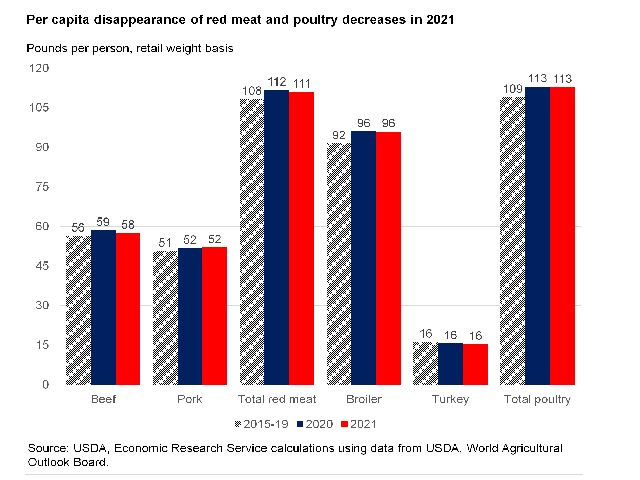The Worst of Times
Comparing Two Times of Crisis for the Beef Industry
As more of a retrospective view becomes available, it increasingly appears COVID-19 has been far from the worst thing the U.S. beef industry has dealt with, historically speaking.
Elliott Dennis, livestock marketing and risk-management economist with the University of Nebraska, compared export seasonality across two major marketing events in the beef business: COVID-19 and the bovine spongiform encephalopathy (BSE) crisis of 2003.
To start the comparison with COVID-19, Dennis noted in a recent podcast that, early in 2020, a large number of cattle were ready for harvest in the first and second quarters, when meatpacking plants closed due to the pandemic. Those closures caused a shortage of wholesale beef, and prices rose. Increased consumer demand at the retail level added to the effect. On the export side, the result of these events was a reduction in sales by about 40% in May and June, when compared to the 10-year average.
As adjustments were made in repurposing meat to where it was needed (food service vs. retail), more normalcy was attained. And, by the end of last year, Dennis noted, beef export commitments were the largest ever, with actual exports the second largest in history.
While export sales were statistically normal after June last year, some catastrophes in the beef business have been much more far-reaching. In the case of BSE, the impact lasted longer and was more extreme. Dennis pointed to first-quarter 2004 export beef sales at near zero, as countries outside the U.S. implemented trade restrictions due to BSE. As more information became available with regard to actual severity and spread, export numbers began to show seasonal increases, but export sales fell from $3 billion in fiscal-year 2003 to $1.1 billion in fiscal-year 2004. Pre-BSE export levels were not reached until 2018, said Dennis, a full 15 years post-incident.
P[L1] D[0x0] M[300x250] OOP[F] ADUNIT[] T[]
OVERALL OUTLOOK FOR EXPORTS POSITIVE IN 2021
Based on how the export market responded in 2020, Dennis said, the overall outlook for exports in 2021 appears positive, but in the first quarter, the domestic market will have to do much of the work.
"Historically, the number of beef export sales has been seasonally lower in the first quarter," he noted. "Since 2002, 2020 was the only time export sales were seasonally higher in the first quarter -- even correcting for lower export sales in May and June [of 2020] by setting them to their 10-year averages."
China will continue to be the major driver for U.S. beef export markets, Dennis said. The U.S. supplied less than 1% of the country's total beef imports in the second half of 2020. The USDA forecast anticipated increased demand by China for animal proteins and noted the commitment to purchase an additional $200 billion in American-made goods and services over the 2020 and 2021 years under the U.S.-China Phase One trade deal, which may lead to continued growth in beef exports.
DOMESTIC MARKET DRIVERS
For the immediate future, Dennis pointed to the domestic market as the most likely market driver, as the country continues to work through wholesale meat supplies in the first quarter of this year.
That may be a challenge based on the most recent USDA Livestock, Dairy and Poultry Outlook. The report forecasts a 1% decline in per capita disappearance of red meat for 2021, about the equivalent of about 111 pounds. The decrease in availability is tied to greater expected exports and fewer beef imports to the U.S.
The fourth-quarter 2020 forecast for beef production was revised down 80 million pounds on lower slaughter. Annual production is forecast at 27.2 billion pounds, unchanged from 2019. While 3% fewer cattle were slaughtered, heavier carcass weights offset this. The 2020 annual average price for live steers in the 5-area marketing region averaged $108.51/cwt, down 7% from 2019 levels.
Beef production for 2021 is forecast to hold around the 27.2-billion-pound mark, even as fed cattle supplies trended down with higher feed costs. Prices for the new year are forecast up, to $115.50/cwt. The first-quarter forecast for feeder steers weighing 750-800 pounds (Oklahoma City National Stockyards) is $134/cwt. Annually, the forecast is at $137/cwt for those feeders.
Nebraska's Dennis added the market's ability to move through supplies is still possibly going to be hindered by meatpacking plant shutdowns and government restrictions on social gatherings this year, meaning the full impact of COVID-19 can only be guessed at for now.
(c) Copyright 2021 DTN, LLC. All rights reserved.






